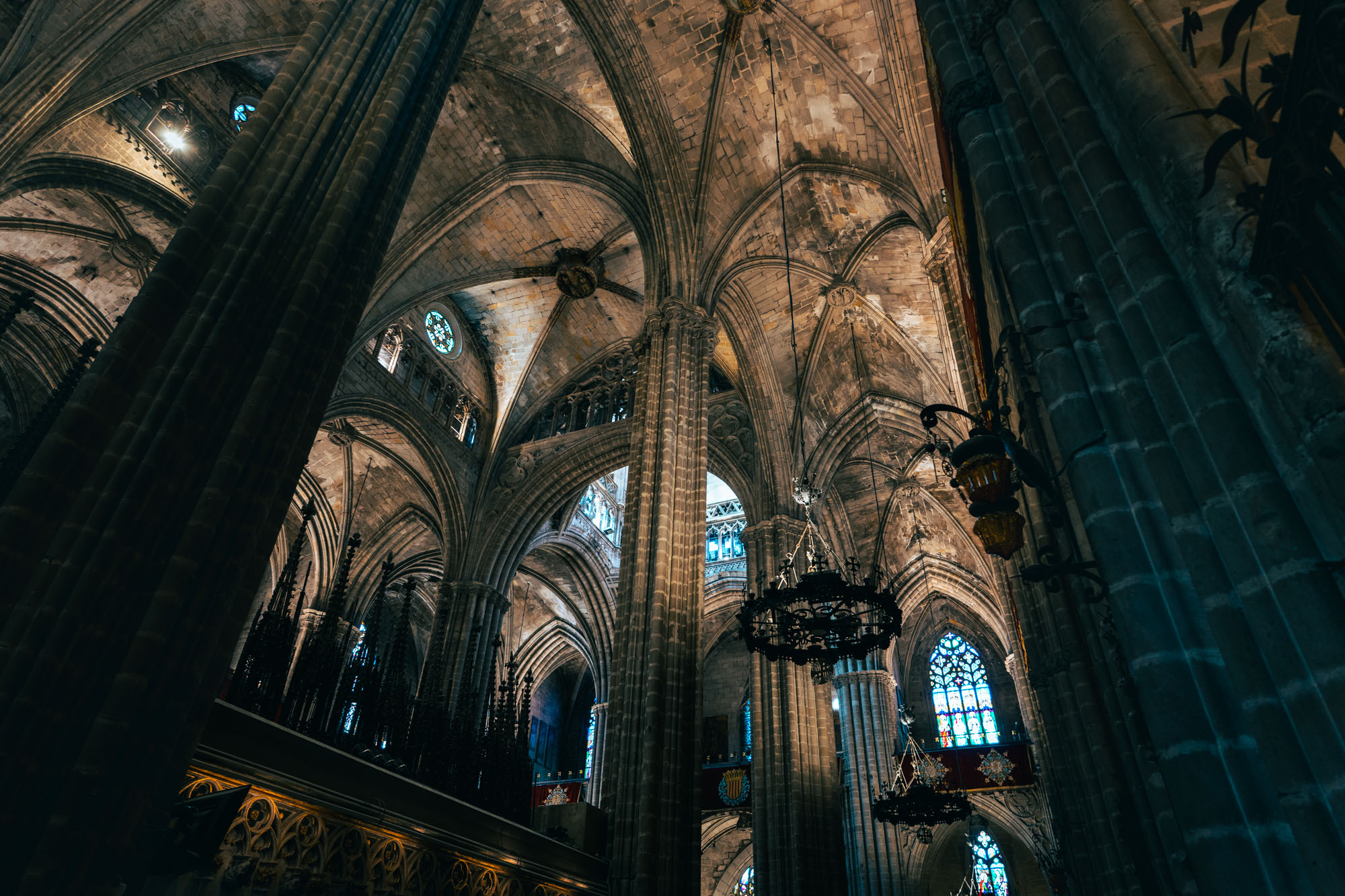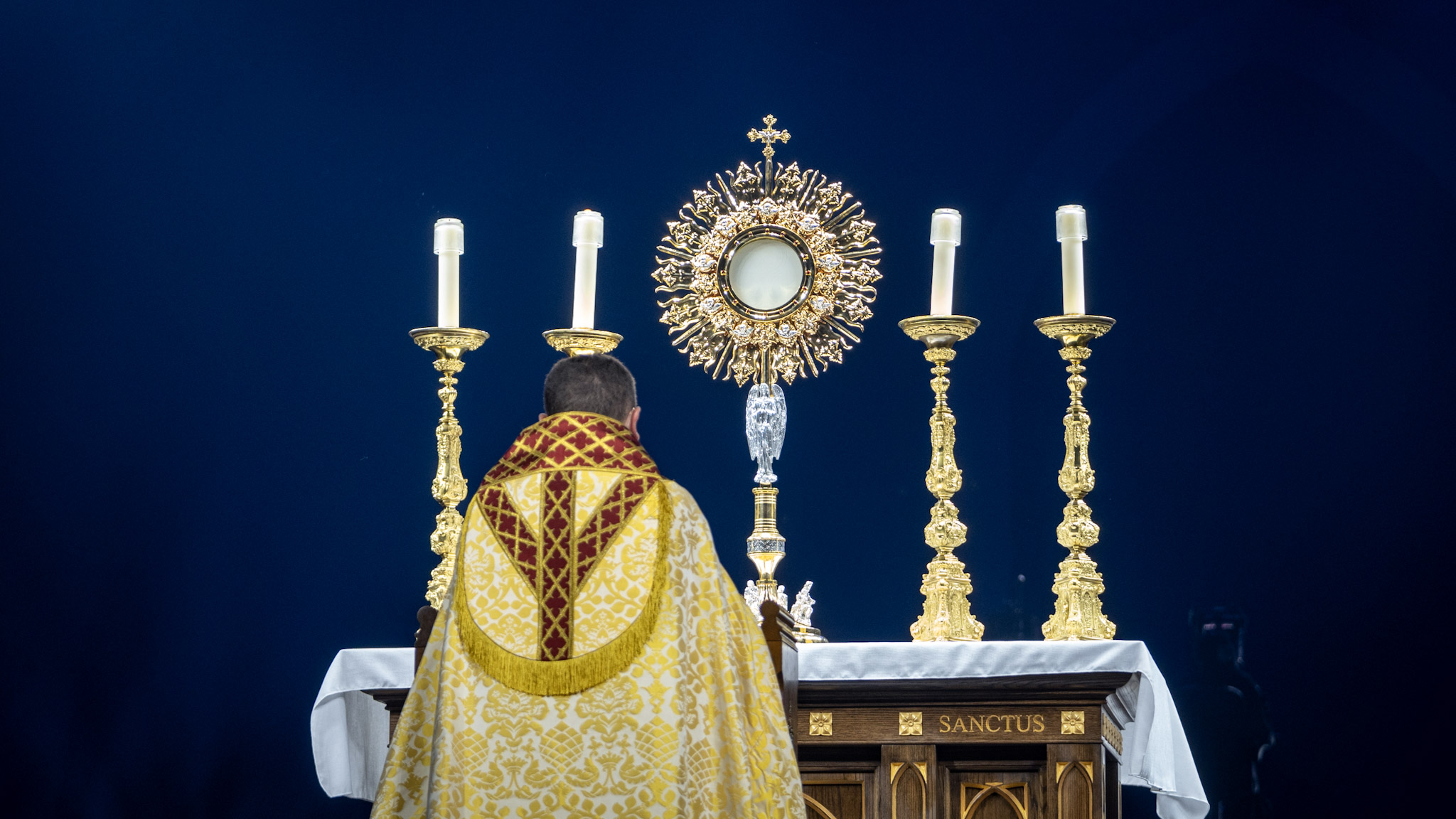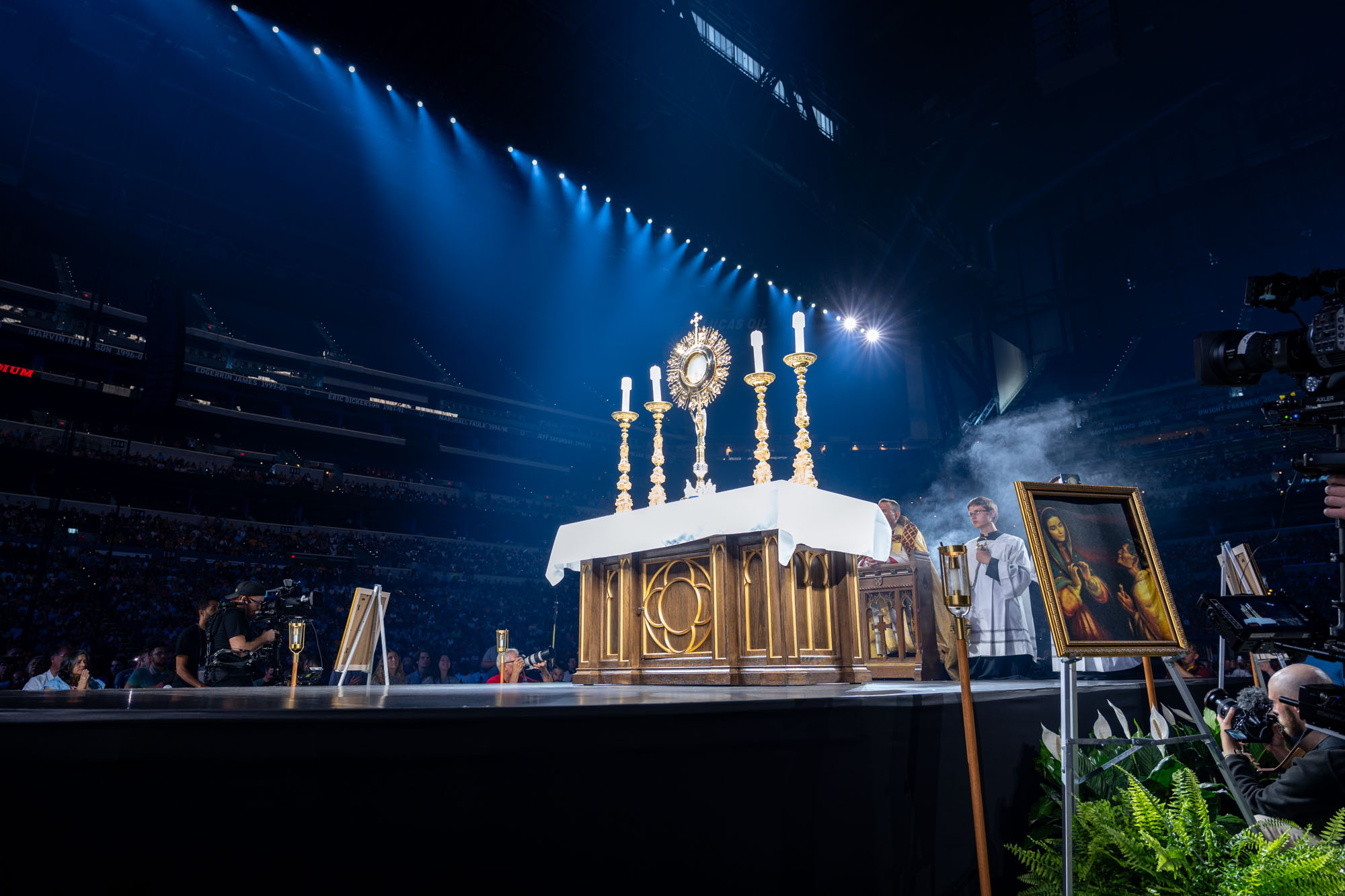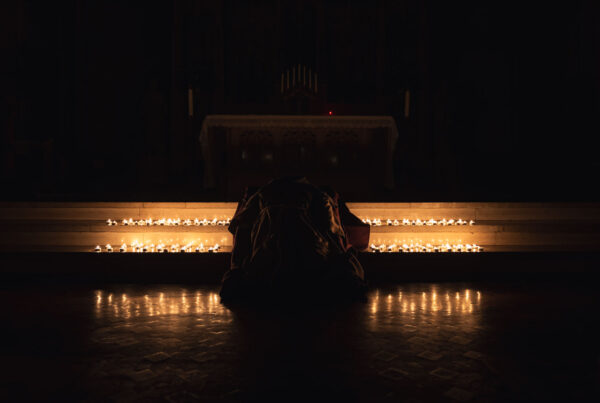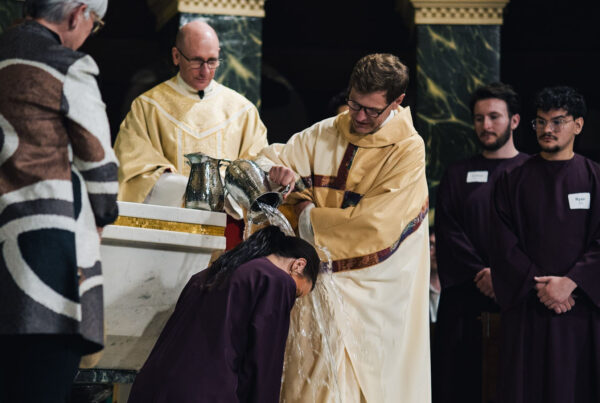As Catholics, we often hear the terms “basilica,” “cathedral,” and “church” used interchangeably, sometimes leading to confusion. While all three terms refer to places of Catholic worship, they carry distinct meanings related to their history, architectural significance, and ecclesiastical status.
Understanding these differences enriches our appreciation for the diverse traditions and structures within our faith.
1. A Brief Historical Overview
The earliest Christians didn’t have dedicated church buildings. They often met in private homes or catacombs for worship. However, with the legalization of Christianity by Emperor Constantine in the 4th century, the need for larger, more public spaces arose.
The basilica emerged as the architectural form best suited for this purpose. Originally, the term “basilica” referred to a large Roman public building used for various functions, including law courts and marketplaces. These structures, with their characteristic rectangular shape, colonnades, and often an apse, were adapted and transformed into Christian places of worship. Basilica di San Pietro in Vincoli in Rome, built in the 5th century, is a prime example of this transition. (check this article to discover more Catholic churches in Rome).
Over time, the term “basilica” acquired a specific ecclesiastical meaning, distinct from its architectural one. It became associated with churches granted special privileges by the Pope.
The cathedral, on the other hand, derives its name from the cathedra, the bishop’s chair. This signifies its role as the seat of the bishop of a diocese. The cathedral is the principal church of the diocese, serving as the center of its liturgical and administrative life. Its history is intertwined with the development of the hierarchical structure of the Church.
The term church, in its most general sense, refers to any building consecrated for Christian worship. It encompasses a wide range of architectural styles and sizes, from small chapels to grand edifices. Every cathedral and basilica is also a church, but not every church is a cathedral or a basilica.
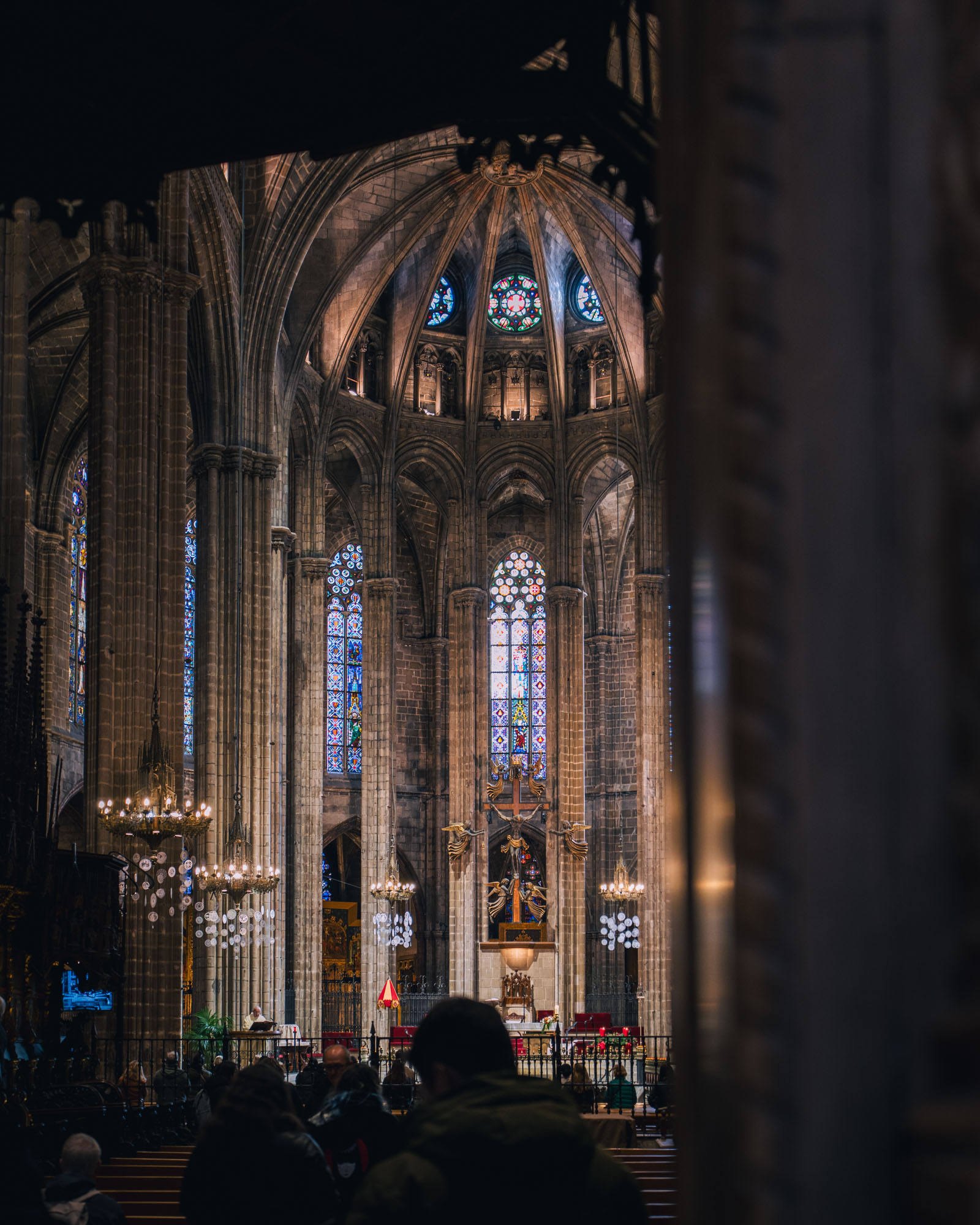
The Cathedral of the Holy Cross and Saint Eulalia in Barcelona
2. Architectural Distinctions
While there’s no strict architectural blueprint for each type of church, some general trends and common features can help distinguish them.
- Basilicas: Historically, basilicas were characterized by their rectangular shape, divided by colonnades into aisles, and often featuring an apse at one end.10 Many basilicas, especially the larger ones, possess a grand and spacious interior, designed to accommodate large congregations.11 They may also feature a clerestory, a level of windows above the side aisles, which allows ample light to filter into the central nave.12 While these features are common, the architectural style of basilicas has evolved over the centuries, reflecting the prevailing artistic trends of different periods. For example, some basilicas might exhibit Romanesque, Gothic, or Baroque influences.
- Cathedrals: Cathedrals, as the seat of the bishop, are often designed to reflect the importance of their role.13 They tend to be larger and more elaborate than ordinary churches. Gothic cathedrals, with their soaring vaults, pointed arches, and stained-glass windows, are perhaps the most iconic examples.14 These structures were designed to inspire awe and reverence, symbolizing the majesty of God. However, not all cathedrals are Gothic. Many cathedrals built in other periods showcase different architectural styles, from Romanesque to Renaissance to modern.15
Churches: The architectural diversity of churches is immense. They can range from simple, single-room structures to complex buildings with multiple aisles, chapels, and a tower or steeple. The style of a church often reflects the local traditions and resources available at the time of its construction. Rural churches might be built using local materials and simple designs, while urban churches might be more elaborate.
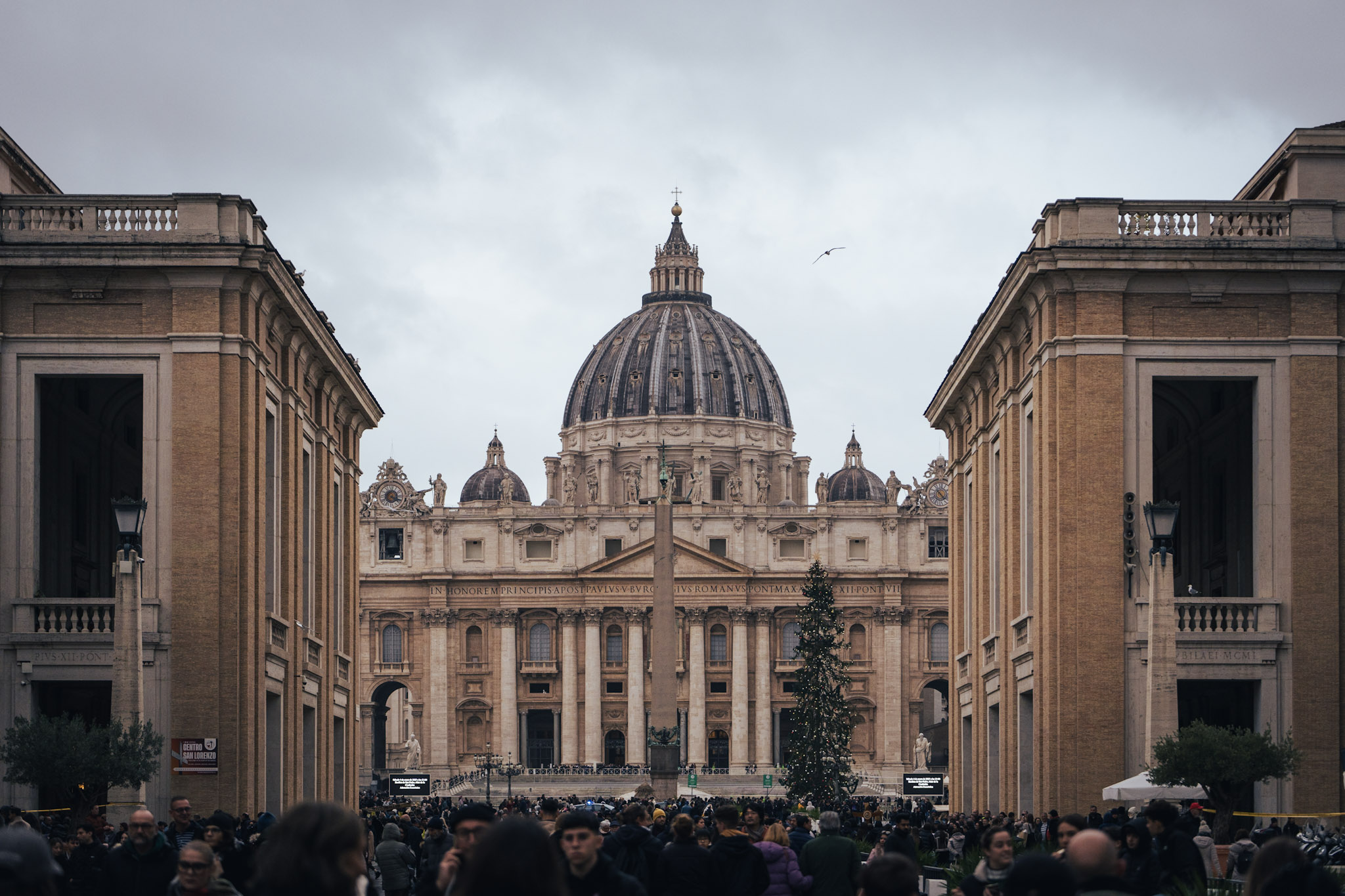
St. Peter Basilica
Would you like to stay close to the Holy Eucharist all day long?
Now you can, I have 8 Holy Eucharist Wallpapers for you, so you can stay connected with Jesus Christ anywhere you are!
3. Ecclesiastical Status and Differences
The distinctions between basilicas, cathedrals, and churches also extend to their ecclesiastical status and the privileges they enjoy.
- Basilicas: The title of “basilica” is a special designation granted by the Pope to certain churches of significant historical or spiritual importance. There are two categories of basilicas: major and minor. The four major basilicas are all located in Rome: St. Peter’s Basilica, St. John Lateran, St. Mary Major, and St. Paul Outside the Walls. These basilicas hold a unique place of honor in the Church. Minor basilicas are churches throughout the world that have been granted this title due to their historical significance, their role as centers of pilgrimage, or their architectural beauty. The title of basilica comes with certain privileges, such as the right to display the papal coat of arms and the ombrellino (a small umbrella) and tintinnabulum (a small bell) in processions.
- Cathedrals: As the seat of the bishop, the cathedral holds a unique position within the diocese. It is the center of diocesan life, where major liturgical celebrations take place and where the bishop presides over important events. The cathedral is a symbol of the bishop’s authority and the unity of the diocese. The cathedral church is the “mother church” of the local Church.
- Churches: Churches, in the general sense, are places of worship for the local community. They are where the faithful gather for Mass, the sacraments, and other religious services. Parish churches are usually under the pastoral care of a priest appointed by the bishop. They serve as the primary point of contact for most Catholics with the Church.
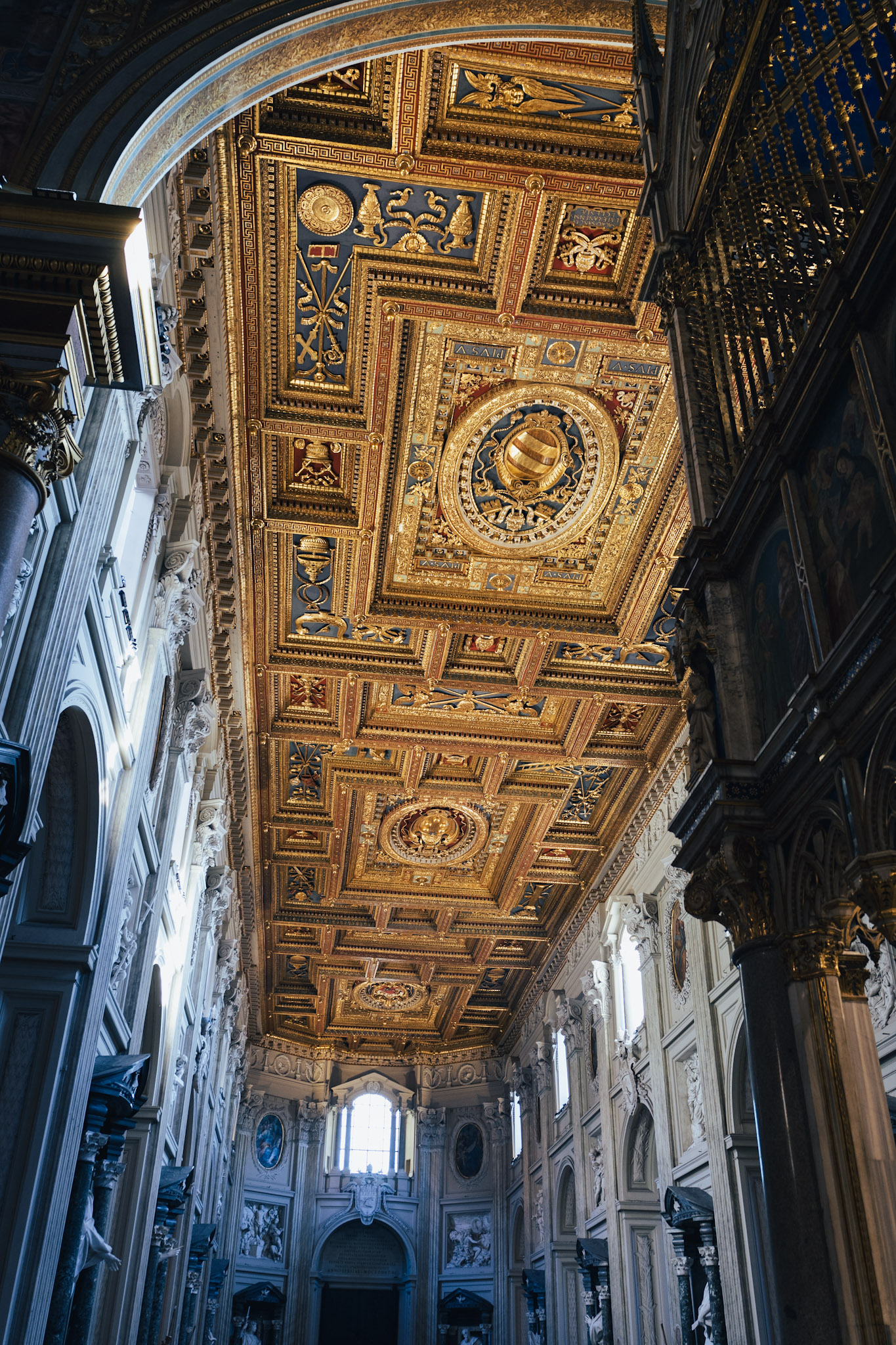
Basilica of San Giovanni in Laterano
4. Putting it All Together
Let’s illustrate these distinctions with a few examples. St. Peter’s Basilica in Rome is both a basilica (a major basilica) and a church. It is not a cathedral, as it is not the seat of a bishop. The Cathedral of Notre Dame in Paris, before the tragic fire, was both a cathedral (the seat of the Archbishop of Paris) and a church. It was not a basilica. A small parish church in a rural village is simply a church. It is neither a cathedral nor a basilica.
Understanding the differences between basilicas, cathedrals, and churches helps us to appreciate the rich tapestry of our Catholic faith. Each type of church plays a vital role in the life of the Church, serving as a place of worship, a center of community, and a symbol of our faith. Whether we are attending Mass in a small parish church, visiting a historic basilica, or marveling at the grandeur of a cathedral, we are participating in a tradition that stretches back to the earliest days of Christianity. These sacred spaces, each with its own unique history and significance, connect us to the past, nourish our faith in the present, and inspire us to build a future rooted in the love of God.

